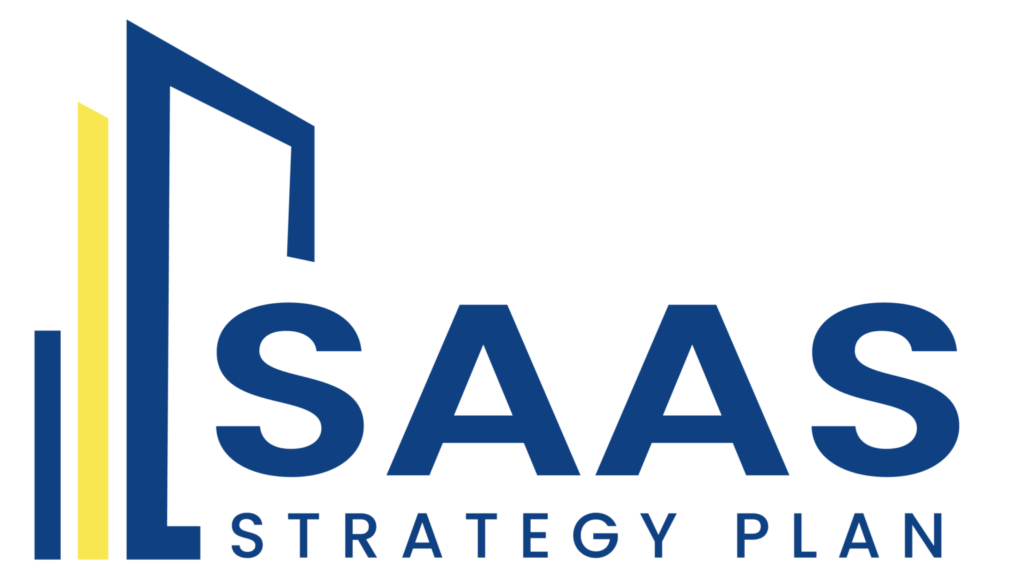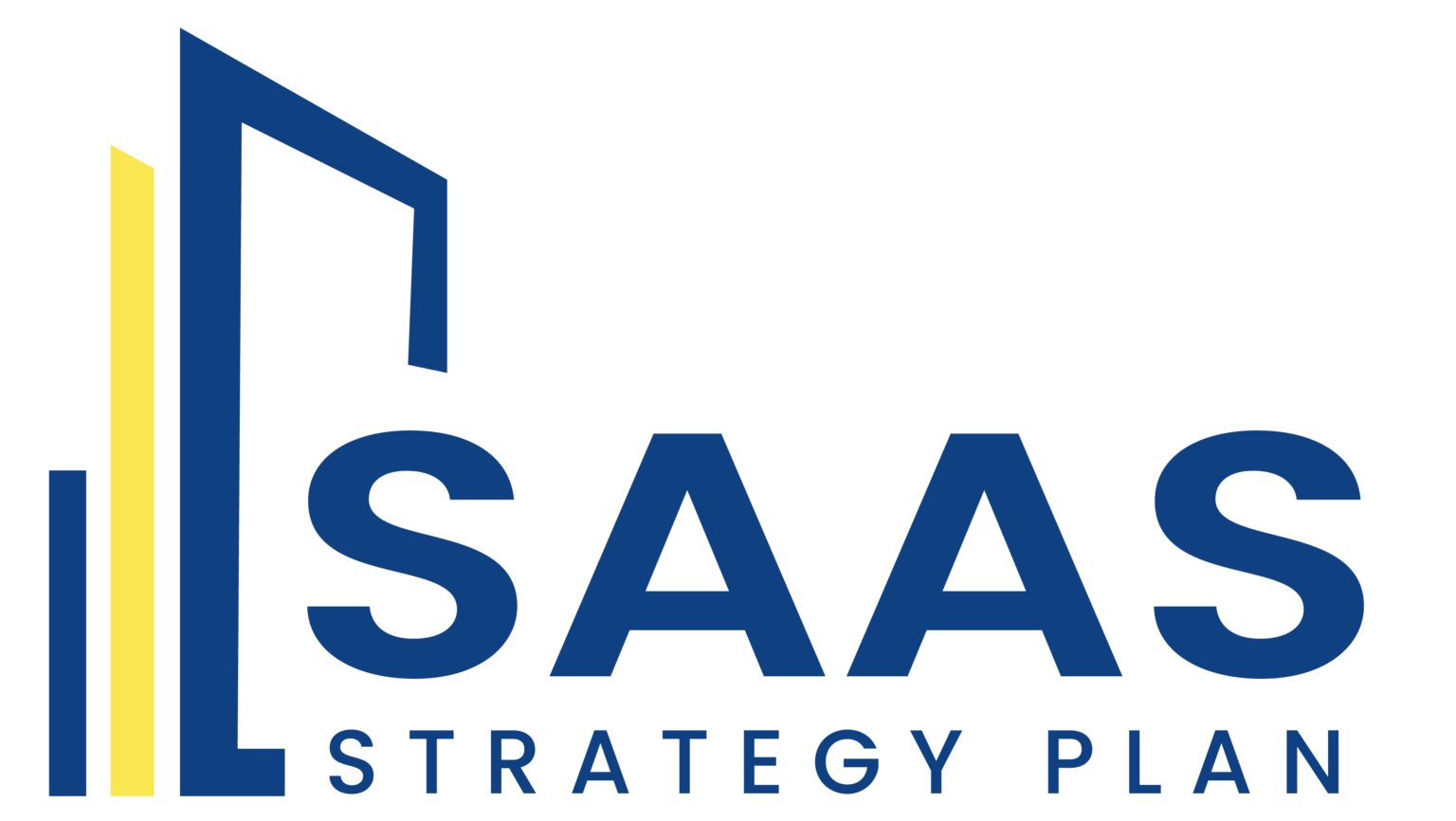The Role of Customer Success in Driving SaaS Growth
In the SaaS (Software as a Service) industry, customer success plays a pivotal role in ensuring long-term growth and sustainability. Unlike traditional software models, where revenue is primarily derived from one-time sales, SaaS businesses thrive on recurring revenue through subscriptions. This dependency makes customer retention and satisfaction crucial for profitability. In this blog, we’ll delve into why customer success is vital in the SaaS landscape and how you can implement strategies to prioritize it effectively. What Is Customer Success? Customer success is a proactive, holistic approach to ensuring customers achieve their desired outcomes using your product. It goes beyond reactive customer support, focusing instead on fostering long-term relationships, increasing customer satisfaction, and delivering continuous value. The ultimate goal is to ensure that customers not only use your product but also realize its full potential to meet their business objectives. Why Is Customer Success Critical for SaaS Businesses? In the SaaS model, revenue relies heavily on subscriptions, which makes customer retention a top priority. Here are key reasons why customer success is critical: Reduces Customer Churn Churn is a significant challenge for SaaS companies. Losing customers not only impacts revenue but also affects the overall perception of your product. Proactive customer success strategies help identify potential issues before they lead to cancellations, reducing churn and stabilizing revenue streams. 2. Drives Revenue Growth Retained customers are more likely to upgrade their plans or purchase add-ons, directly contributing to increased revenue. Additionally, a happy customer base leads to higher customer lifetime value (CLV), an essential metric in SaaS growth. 3. Builds Customer Advocacy Satisfied customers are valuable advocates for your brand. They share positive experiences, leave glowing reviews, and refer others, creating a network effect that helps you acquire new customers organically. 4.Enhances Competitive Advantage In a saturated SaaS market, exceptional customer success can set you apart from competitors. Businesses that invest in customer success are more likely to retain customers, even when alternatives are available. Key Elements of an Effective Customer Success Strategy Seamless Onboarding The first few weeks after a customer signs up are crucial. A smooth onboarding process ensures they understand how to use your product effectively. Offer tutorials, guides, and onboarding calls to set them up for success. 2. Proactive Engagement Don’t wait for customers to contact you with issues. Regular check-ins, updates, and feedback sessions demonstrate that you care about their success and are invested in helping them achieve their goals. 3.Education and Training Provide ample resources to empower customers, such as: Knowledge bases and FAQs Video tutorials and webinars Case studies showcasing successful use cases Monitor Customer Health Use customer success platforms to track engagement metrics such as login frequency, feature usage, and ticket submissions. These insights help identify at-risk customers and proactively address their needs. Collect and Act on Feedback Regularly solicit feedback to understand customer satisfaction and pain points. Implement changes based on their suggestions to show that their opinions matter and to continuously improve your product. The Role of Technology in Customer Success Incorporating the right tools and technologies can significantly enhance your customer success efforts. Consider these options: 2. Customer Relationship Management (CRM) CRM tools like Salesforce and HubSpot help manage customer interactions, ensuring personalized and consistent communication. 3.Customer Success Platforms Platforms such as Gainsight and Totango allow you to track customer health, engagement metrics, and renewal trends, enabling proactive support. 4.Automation Tools Automate routine tasks like onboarding emails, satisfaction surveys, and renewal reminders to save time and ensure consistent follow-ups. 5.Data Analytics Advanced analytics tools help monitor KPIs like churn rate, CLV, and Net Promoter Score (NPS), providing actionable insights to refine your strategy. Building a Customer-Centric Culture Customer success should be more than a single department’s responsibility—it should be ingrained in your company culture. Encourage collaboration between teams, including sales, marketing, and product development, to align efforts toward customer satisfaction. Train employees to prioritize customer needs, and empower them to make decisions that enhance the customer experience. Measuring the Success of Your Customer Success Efforts To evaluate the effectiveness of your customer success strategy, track these key metrics: 1.Churn Rate The percentage of customers who cancel their subscriptions. A low churn rate indicates high customer satisfaction and retention. 2.Customer Lifetime Value (CLV) The total revenue a customer generates over their relationship with your business. Higher CLV reflects strong customer loyalty. 3.Net Promoter Score (NPS) Measures how likely customers are to recommend your product. A high NPS indicates satisfied and loyal customers. 4.Expansion Revenue The additional revenue generated through upsells, cross-sells, and renewals. Conclusion Customer success is the cornerstone of growth for any SaaS business. By ensuring your customers achieve their goals and derive ongoing value from your product, you can build lasting relationships, reduce churn, and drive revenue growth. Remember, customer success isn’t just a department—it’s a company-wide commitment to delivering exceptional experiences. Prioritize customer success, invest in the right tools, and foster a customer-centric culture to thrive in today’s competitive SaaS landscape. With a solid customer success strategy in place, your business is well-positioned to achieve sustainable growth and industry leadership.
The Role of Customer Success in Driving SaaS Growth Read More »



